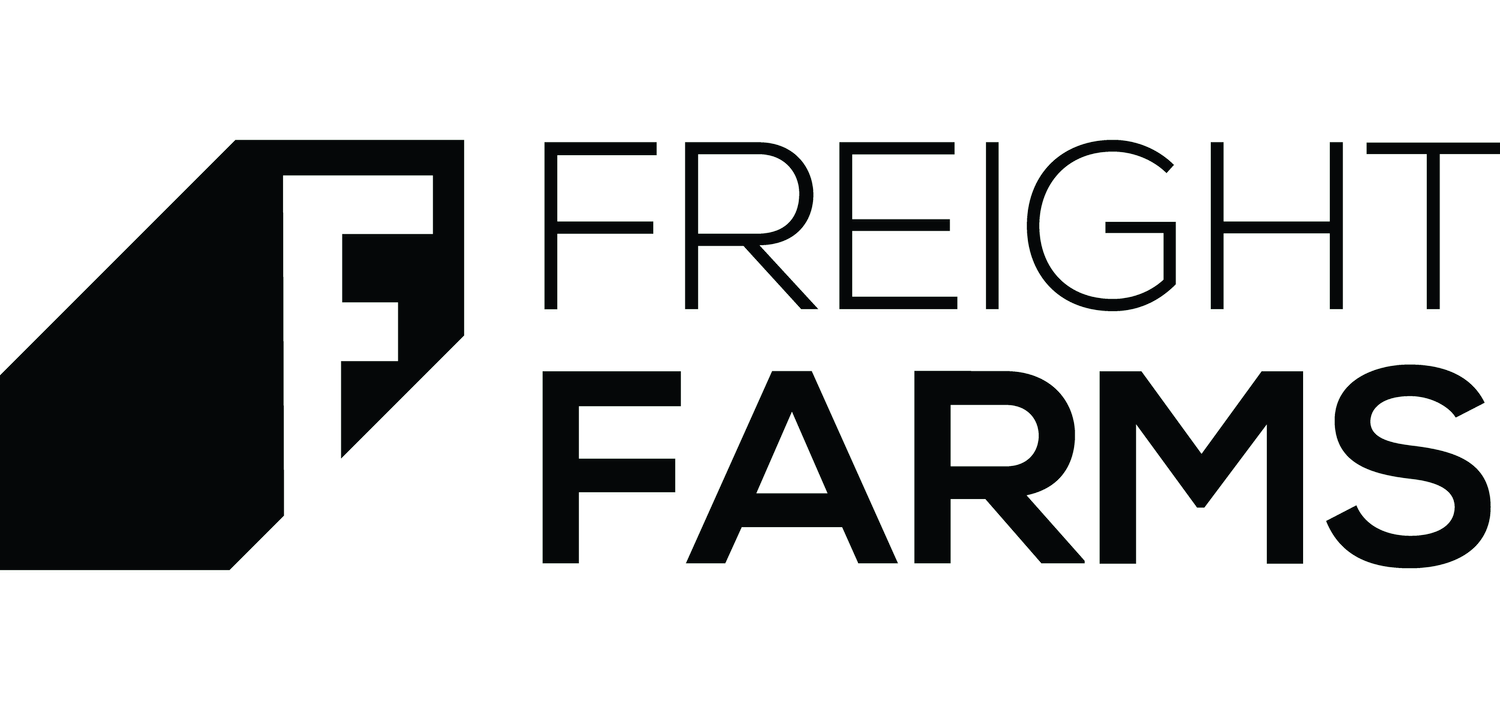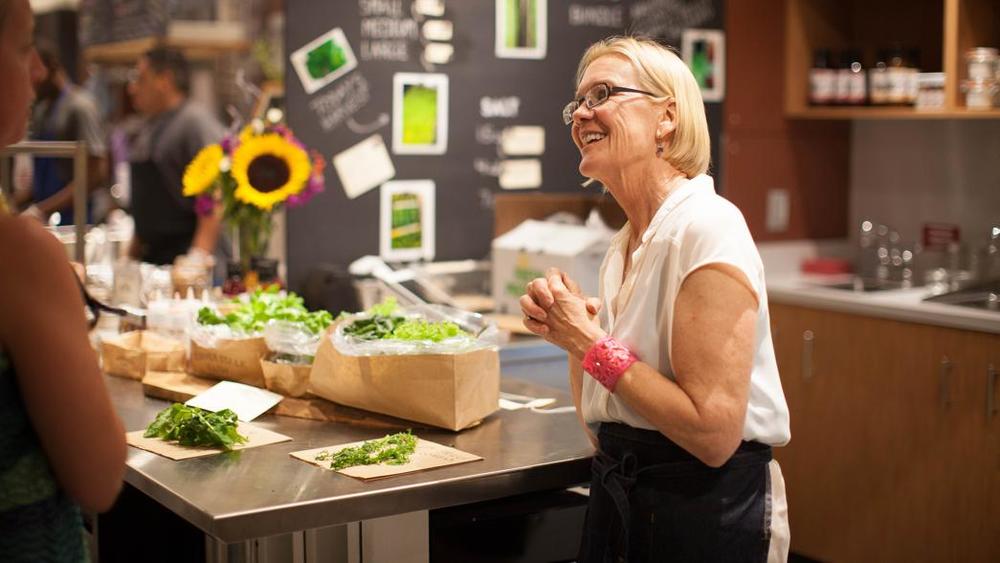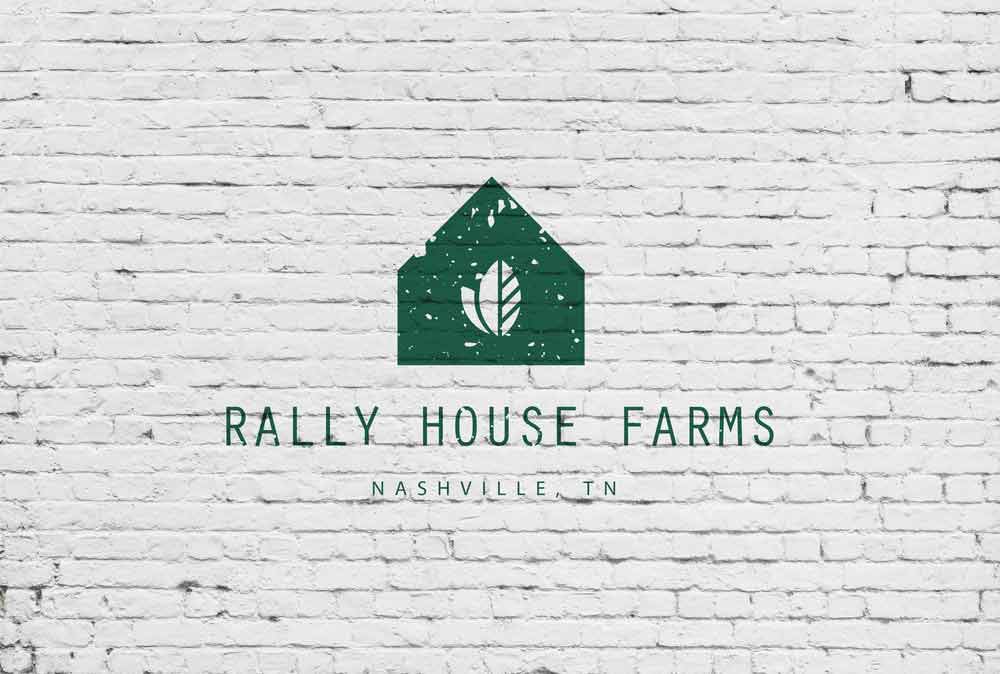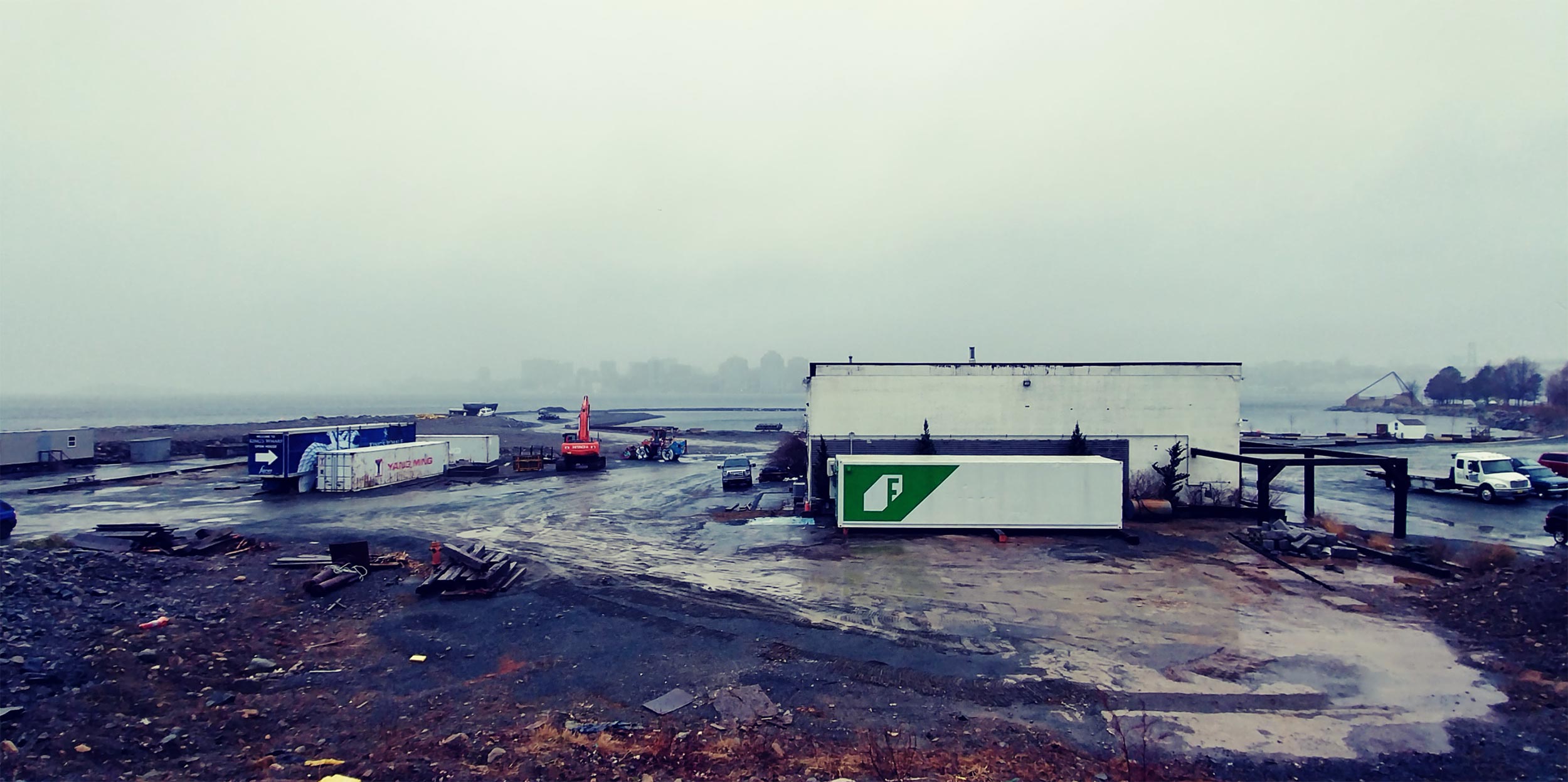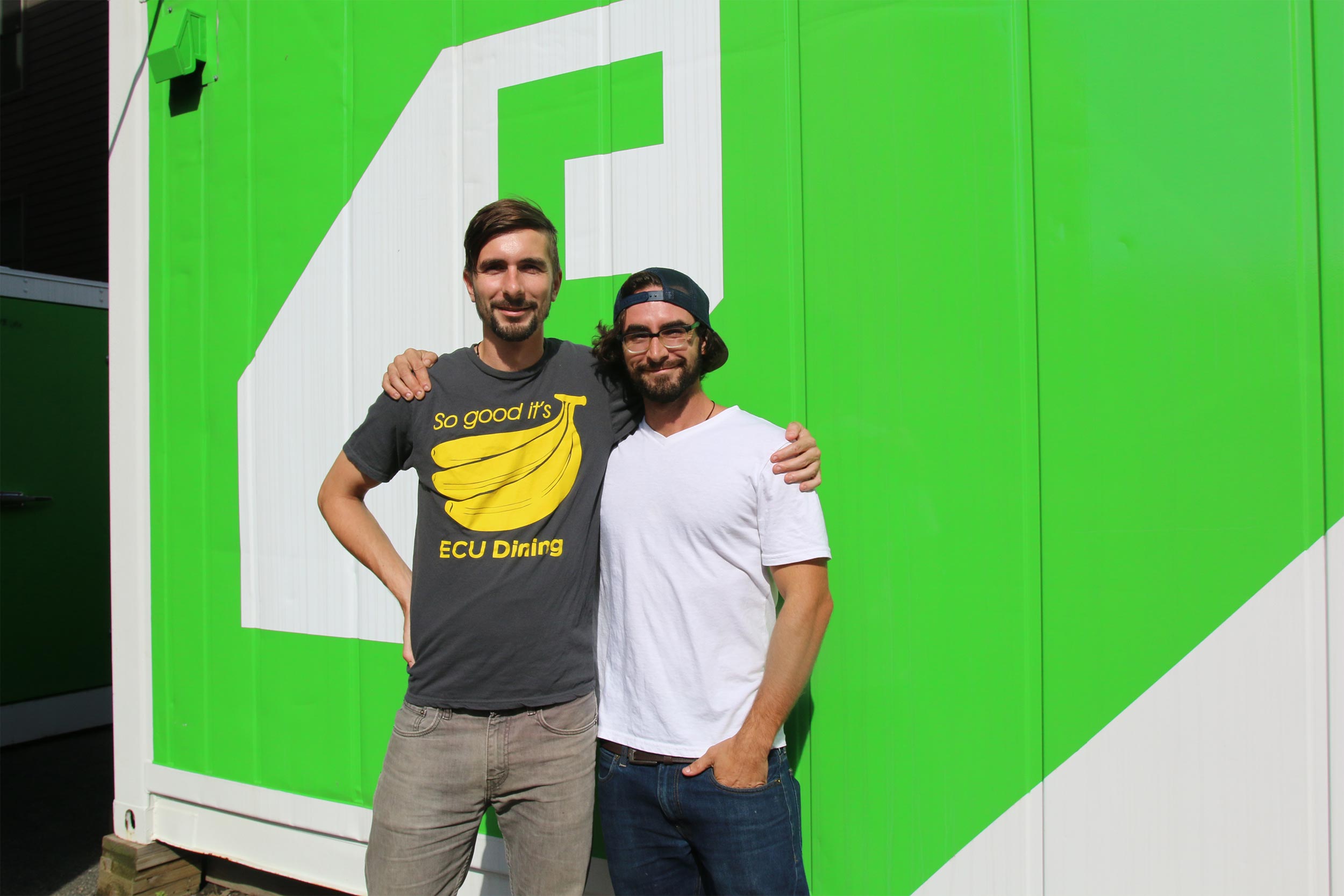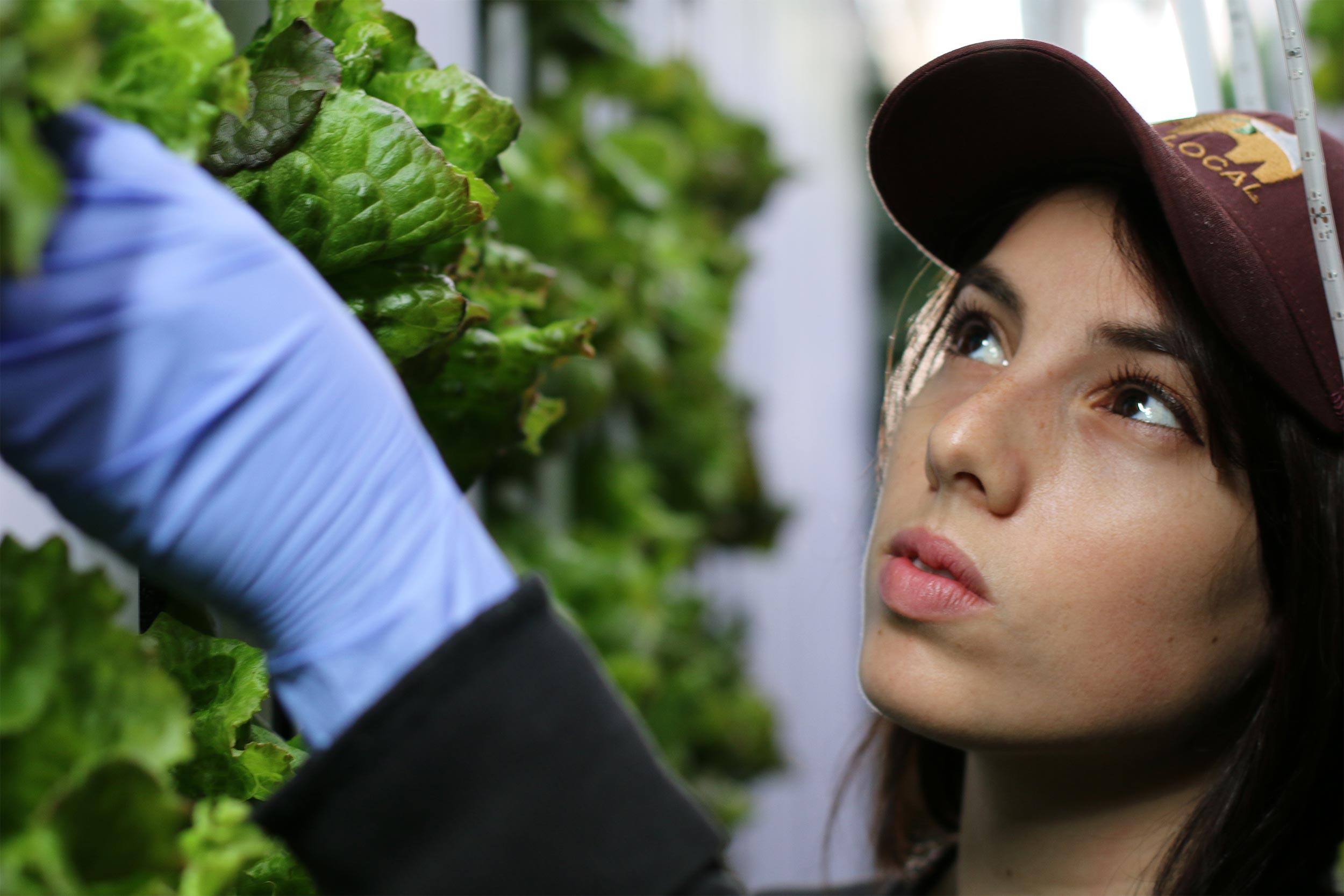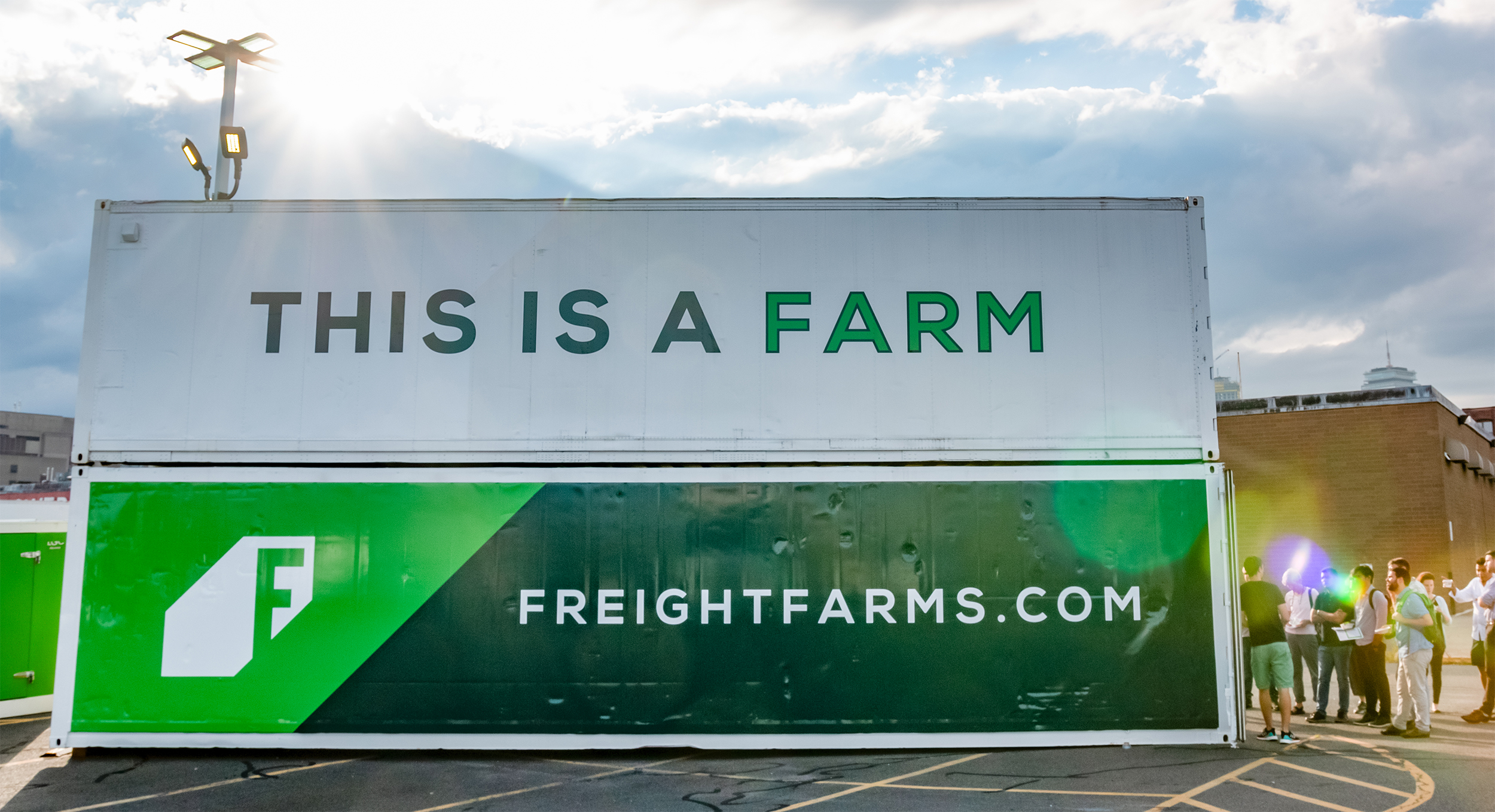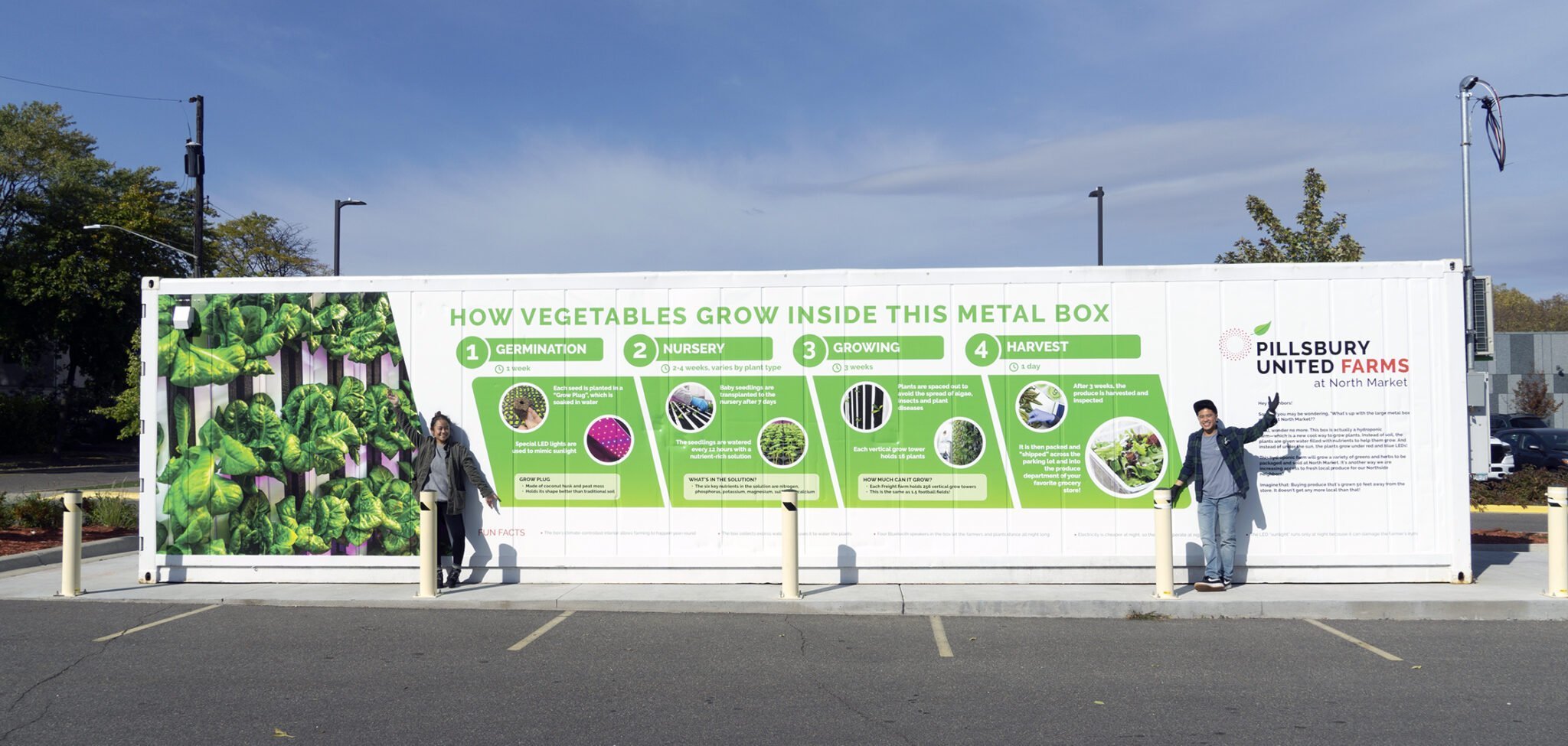
What is urban farming?
Urban farming is the act of growing plants or raising animals in or around the city.
Importance of urban farming
The world's population will reach 10 billion by 2050. With the growth of the population, human habitation patterns have also changed. In 2008, the population of cities exceeded the populations of rural areas for the first time in history. This trend will only become more pronounced in the years to come—in fact the United Nations predicts that by 2030, nearly 5 billion people will be living in cities, mostly in Asia and Africa. With population on the rise, taking advantage of unused urban space will create an important source of food–especially when it comes to fresh fruits and vegetables.
Pros of Urban Farming
+ Urban farming has huge production potential
By using space efficiently, urban farms can produce significant supplies of food for the population. In fact, there are 22 countries that could theoretically supply their cities by farming less than 10 percent of urban land. Beyond that, 39 percent of the global population lives in countries that could feed their city populations by using less than a quarter of urban land for urban farming.
+ Urban farming makes it easier to buy local
Local foods tend to be fresher, meaning they not only taste better, but have higher nutritional contents that are not lost during long-distance cold storage transport. With their lack of designated farmland, cities are most susceptible to second-rate produce being delivered from far away. Urban farming creates a valuable alternative.
+ Urban farming is good for a city's ecosystem
Urban farming benefits cities and residents in many ways:
- Urban gardens absorb water after heavy rains, preventing it from running off into the sewers, which decreases the amount of harmful sediments, chemicals, and pollutants that end up in water sources.
- Planting urban gardens reduces the number of heat islands in cities. Heat islands are surfaces like pavements and rooftops that absorb heat, getting up to 90ºF hotter than the surrounding air temperature. Green roofs (rooftops covered by varying degrees of vegetation) can be 30–40°F cooler than non-green roofs, which can reduce ambient temperatures city-wide by up to 5°F.
- Urban farming means feeding grounds for bees, butterflies, and other pollinators. As the bee population has decreased dramatically over the past decade, it is more important than ever to create spaces for pollinators to flourish.
+ Urban farming helps rebuild neighborhoods
Urban farming has very distinct social benefits: the presence of urban farms is associated with "improved neighborhood aesthetics, reduced crime, and community cohesion." Furthermore, community gardening projects can increase social bonds and foster stronger networks between neighbors.
Cons of Urban Farming
+ Urban Farming Can't Meet all Nutritional Needs
Of the 22 countries that can supply their population using less than 10% of urban land, only nine can meet the recommended 300 grams of vegetables. At the same time, 51 countries couldn't meet these needs even if they farmed 100 percent of their urban land.
+ Food from urban farms could be contaminated
When growing food in urban environments, it's important to consider what might be in the soil other than essential minerals. The Environmental Protection Agency (EPA) warns urban gardeners about potentially harmful compounds lurking in the certain cities’ soil: lead, arsenic, dioxins, mercury, solvents, cyanides, to name a few.
+ Urban Farming may only benefit the elite
While urban farming creates opportunity for universal access to fresh, local, and healthy foods, it is usually not the people in need who reap the benefits. The main clientele for these farms are not soup kitchens or convenience stores, but high-end farm-to-table restaurants, and otherwise privileged consumers who can afford to pay high prices for urban-grown produce.
Types of Urban Farming
Backyard and community gardens
These are the most common types of urban farms that individuals or groups plant and maintain on their property or in a shared neighborhood space. These are primarily for personal, as opposed to commercial, use.
Repurposed spaces
Whether sanctioned or planted through guerrilla gardening methods, unused spaces are being reclaimed all over cities. This includes unused lots, medians, and even unfilled potholes.
Rooftop gardens
Rooftops are ideal spaces for urban farms: they are underutilized, have good sun exposure, and there's an endless supply in the city. These are often used to grow on a commercial scale.
Greenhouses
While greenhouses are not limited to rooftops, that's usually where you'll find them in urban environments. They create more ideal conditions for plants, but require more set up logistics and costs.
Vertical Farms
Also known as "green walls" or "living walls", vertical urban farms take advantage of tall buildings. These structures are often more aesthetic than practical, but still serve an important purpose.
Indoor Farms
From shipping containers and basements to enormous warehouse farms, indoor farms have the potential for year-round production. They can be used for personal or commercial growing.
Urban Farming with the Greenery S
The Greenery S is a vertical, indoor farm built inside of a 40-foot shipping container. It is ideal for cities, turning small unused space into thriving urban farms. All the Greenery needs is water and electricity to become a high-production urban farm: the container’s small 320 sq. ft. footprint produces as much as 2.5 acres of traditional farmland!
Thanks to its compact design, the Greenery S can grow food in cities around the world. The Greenery S can go in empty warehouses, unused lots, or on rooftops. It requires very little water (0-5 gallons a day) and protects plants from pollutants in the air and water using state-of-the-art filtration systems. The Greenery S is also completely insulated from outdoor weather conditions, so plants can grow in droughts or blizzards.
Meet Our Urban Farmers
Our farmers use their urban farms for a variety of purposes. Some sell to local restaurants and grocers, while others use the farm for rehabilitating adults, or to bring fresh food to underserved communities.
Urban Farming in Action
PRODUCT BOOKLET
Learn more about the Greenery S
Download our product booklet for an in-depth look at all Greenery components, including a comprehensive specifications page. See exactly how the Greenery S is the ultimate urban farm!
